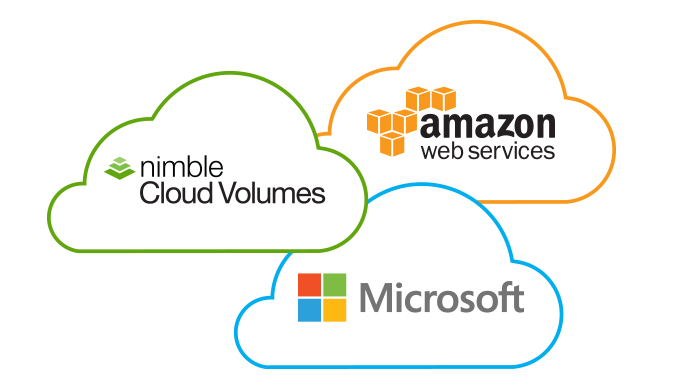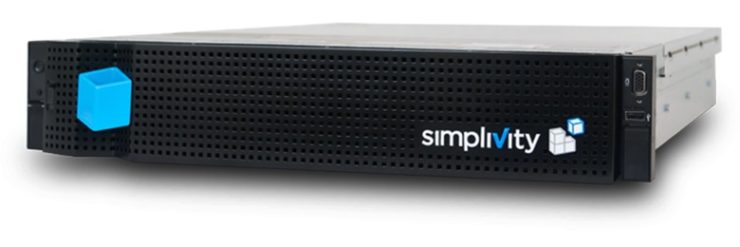It’s only a couple of months ago I was writing about the Simplivity acquisition and it seems HPE have been splashing the cash again, this time announcing the intention to purchase Nimble Storage. I must say I really didn’t see this coming, so let’s take a look at what Nimble are all about and what we might expect.
Nimble

Founded in 2007, Nimble were one of the new breed of storage companies that grew up around flash. They began offering hybrid arrays, later moving into all flash and recently announcing cloud based storage.
Tech start-ups are generally funded by investors whom seek a return on their investment, the two most common exit routes are an IPO or to get purchased. Nimble went down the IPO route and went public in 2013. Although it has not been a very successful flotation, as the company never regained its peak value seen in the first 6 months after going public. Hence we find ourselves in the somewhat less common scenario of going public and then being purchased. HPE have agreed to pay $12.5 per share giving a total valuation of $1.1 billion, second time lucky for Nimble.
Tech
Unlike all flash Vendors such as SolidFire and Pure, Nimble took a bet on the future being in hybrid systems that contained a mixture of flash and spinning disk. Nimble’s architecture contained a flash layer for the acceleration of performance and spinning disk for capacity. Nimble’s secret sauce was CASL, which stood for Cache Accelerated Sequential Layout and aimed to buffer and then optimise writes ready for spinning disk . I have to say at the time I thought it was really neat, why would you want lots of expensive flash when a hybrid system plus CASL combined performance and capacity. Unfortunately for Nimble the price of flash dropped quicker than expected, companies saw the benefit of all flash and other vendors managed to use data reduction techniques that made flash viable.
Nimble reacted to this by announcing a range of all flash systems last year. Their systems feature the full suite of data reduction technologies (thin provisioning, dedupe, compression) and they also have QoS. Data mobility between Nimble’s all flash and Hybrid offerings is enabled via Unified Flash Fabric.
Key to the Nimble offering has been Infosight, this tool collects a significant amount of analytics from the system to ensure high availability and optimum performance. Originally name Proactive Wellness, Nimble advises that Infosight detects and resolves 90% of issues without the customer even knowing about it. I can only assume the name change to Infosight was to reflect a product evolving beyond error detection, into one offering capacity planning and the ability to extend the predictive analytics beyond the storage array into vSphere.

Recently Nimble have announced Nimble Cloud Volumes (NCV) which allow block storage to be presented to the cloud. This block storage can be utilised in AWS and Azure, allowing mobility between the clouds plus richer data services. A NCV lives on a Nimble array managed by Nimble in their datacentre and is managed via a web interface. NCV are currently in beta.

Thoughts
There is definitely some overlap between the existing midrange 3PAR and the Nimble systems. The strategy that plays out from here is going to be really interesting, it would seem logical that they would wish to minimise overlapping product lines to reduce costs so that development efforts can be focused.
The press release emphasises the services surrounding the Nimble ecosystem, Nimble has class leading monitoring and analytics with its Infosight system.
Maybe we need to stop thinking about specific product lines and how Nimble product X will match up against 3Par product Y, and start thinking about IP and feature sets. Taking the key features from this new look storage line up reveals some key capabilities/features:
· 3PAR – ASIC, Thin Provisioning and virtualised storage, Scalable active active design
· Simplivity – Class leading dedupe/compression enabled via the OmniStack Accelerator Card plus data mobility
· Nimble – Class leading analytics and now cloud storage platform
This is quite some line up. The potential to combine these offerings and produce best in class products is going to Keep HPE’s developers busy.
Layering on top of this new tech portfolio a tool such as Synergy, to consolidate, orchestrate and dynamically re-composition the environment would allow a cloud like experience ideal for a company with ambitions to be the leader in hybrid cloud, I think I see where this is going ………….


